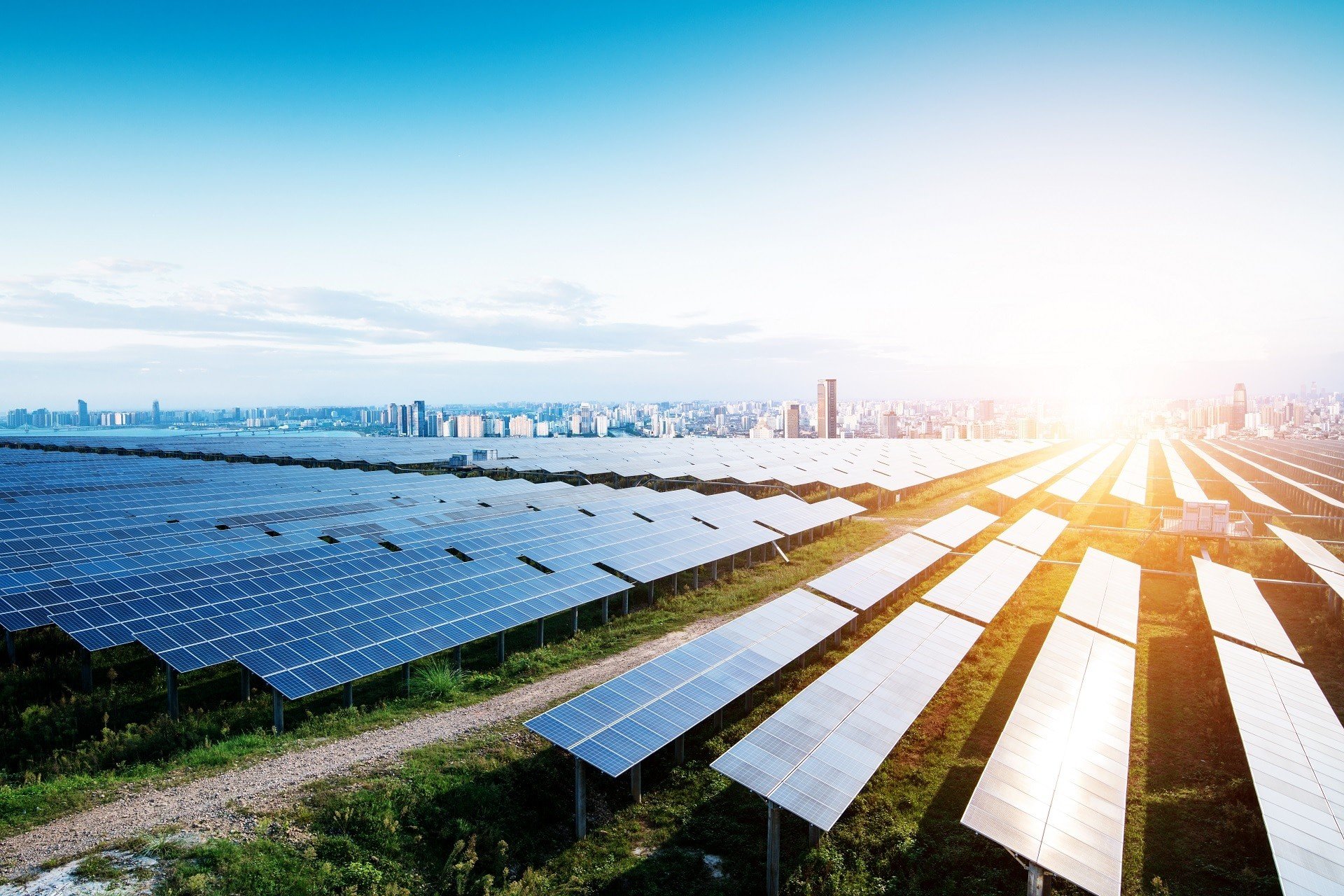-
Posts
2073 -
Joined
-
Last visited
Everything posted by André Mermoud
-
This is explained in the help "Component Database > Pump definition". However this is a complex topic: if you have detailed datasheets, you can ask me for including them in the database.
-
No sorry, the PDF provided by PVsyst are now closed for avoiding manipulations of results.
-
This depends on how you define a Micro or a String inverter. To my opinion, a micro inverter is suited for one module, i.e. with a Pnom of less than, say, 300 W. In the present time, by "String inverter", people usually talk of inverters suited for 2-4 strings, i.e. some few kW. More than 15 years ago, some inverter manufacturers called "String inverters" devices for which all the safety components (usually present in the roof junction box) are included in the inverter. This is the definition of PVsyst.
-
By definition, the "Array virtual energy at MPP" is the value at MPP. It is obviously not modified by this condition. This loss will be accounted in the inverter losses "under the voltage threshold".
-
The “Ground reflection on front side” is a by-product of the Bi-facial model. It is not possible to calculate it with "normal" systems, without several additional parameters and a calculation model that we don't have at disposal at the moment (the bi-facial model is specific for unlimited sheds). By the way its value is very low for usual tilts. To my knowing, this quantity is never calculated (nor taken into account) by any other PV system simulation tool.
-
PVsyst will report Errors (in red) which prevent the simulation, and "Warnings" (in orange) which indicate a not optimal choice, but allow the simulation. Now when PVsyst reports an error (for example in a component), it is not able to get results, or the results may be erroneous.
-
Please see our FAQ How to adapt PVsyst to floating systems ?
-

Bi-facial Modules - View Factor for Rear Side
André Mermoud replied to Rafael Santos's topic in Simulations
Perhaps it will useful to read the help "Project design > Bifacial Systems". Everything is explaned in detail here. Namely the View factor gain (geometric calculation) should be thought as an Energy transfer. When passing to irradiances, it should be renormalized with 1/GCR. -

Shading simulation using Dual cells module(144 cells)
André Mermoud replied to Luciano Nadai's topic in PV Components
This is not yet implemented. Please see the FAQ How are managed the new "twin-modules" with half cells. -
For the sizing of cables in the DC part (PV sub-array), you have a tool in "Detailed losses > Ohmin losses > detailed computations". In this tool, you can open "Wires" for the main properties of each cable section. Please also see the help "Project design > Array and system losses > Array ohmic wiring loss".
-
You have obviously some limitations in voltage and power when using an inverter. And also some reasonable conditions. Your array of one string of 8 modules represents 1.16 kWp. This is obviously not suited for an inverter of 4.6 kW. PVsyst puts some reasonable limits. Now when increasing the number of modules is series, you overcome the voltage limit. You should put several strings in parallel instead.
-
This depends on the Manufacturer's conditions of course. To my opinion, if the inverter is correctly designed, there is no reason for limiting the nominal power of the connected PV array, because the power limitation is ensured by the inverter itself, by displacing the operating point on the I/V curve. Now if this condition is marked as contractual in the datasheets, you have to observe it of course. You have a checkbox in the PVsyst definition of the inverter, indicating whether the condition is contractual or not. If checked, PVsyst will not allow to design a system overcoming this condition.
-
Sorry, this error message is erroneous. Probably your import has not been successful, the MET file doesn't hold any data, and result in this error message. We have worked a lot for improving this importing tool in the next version 6.71. In order to help us understanding this problem, please send us your source file, the *.SIT file used for the import, and your *.MEF formatting file. Send them to support@pvsyst.com.
-

which irradiance to compare with pyranometer data
André Mermoud replied to jimbob22's topic in Meteo data
GlobInc is the irradiance on the plane, calculated by the transposition model. GlobEff is the irradiance effectively falling on the PV modules, after optical losses like shadings, IAM or Soiling. You should compare with GlobInc of course. -

Transposition Factor as function of the plane orientation
André Mermoud replied to Muthuraj's topic in Meteo data
Probably your Meteo file is not complete. The optimization of the transposition factor can only be performed on a complete year of data. Now be aware: there is a bug in the version 6.70: the transposition factors plot (optimization) crashes. You should revert to a previous version for getting this plot, sorry. -
You can get a lot of solar geometry results, for any location, in "Tools > Tables/Graphs of solar parameters".
-
We don't know this problem, we have never observed such a strange behavior. The problems with CSV files produced by PVsyst are usually due to bad settings in your EXCEL (decimal character, separator, date format, see "Internationalization" in EXCEL and Windows). This case seems really strange. Please send us your full project, using "Files > Export projects" in the main menu. Address it to support@pvsyst.com.
-
Some people will perhaps like to have an average.
-

PVSyst Rounding Error on System Production
André Mermoud replied to Tokoyoshi's topic in Problems / Bugs
If this was the last error in PVsyst, we would be very happy. Would you be more rich when you get one Euro when your fortune is 449'000 euros ? -
The only gains of yield in tracking systems are due to the plane orientation of course. These are correctly evaluated in the different tracking options of PVsyst. There isn't any reason that your PV module behaves differently in Tracking systems. This doesn't make sense to modify the PAN file parameters for such applications (nor for any other application).
-
Please read my previous post ! Here you have an inverter with VmppMin = 280V and VmppMax = 550V. And defined efficiency curves for 280, 480 and 600V !
-
This is not a bug. For normal sizing, PVsyst has opted for an hypothesis of limiting the overpower losses at 3%. However when you want to oversize the PV array, this limit is adjustable in the project's settings. See our FAQ Can I define a system with highly undersized inverter ?
-

Simulation approach with many orientations on the roof configuration
André Mermoud replied to budi's topic in Simulations
In PVsyst you can define up to 8 different orientations. Some of your roofs with a same (or very simular) orientation may perhaps be grouped. Otherwise you should define several different variants, and add the results at the end. -
In your first plot you have a "line of points" indicating that a string is not working. You should remove these points for the statistical evaluation. Now the scattering of the data may be due to a lot of different causes. The first one being the Measurement's quality (and especially the meteo).. You have several tools in the "Measured Data Analysis" for analyzing the discrepancies as function of different parameters, in relative or absolute values, as function of time, etc. This should allow to identify the phenomenons (or simulation parameters) causing these discrepancies.
-
This depends on the system you have defined of course. With tracking systems you will see the involved parameters. If you see "profile angle", you are probably in a sheds system.

